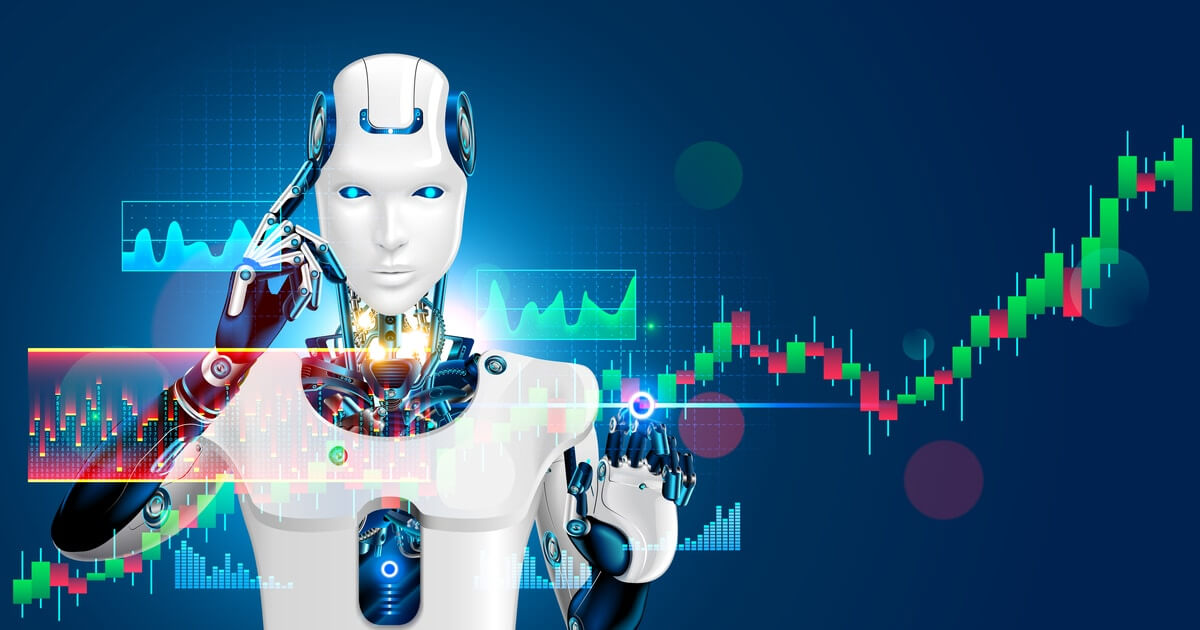How KREA AI Trained Flux: In-Depth Guide to Advanced AI Model Development

According to KREA AI (@krea_ai), the company has released a comprehensive blog post detailing the training process behind their new Flux AI model. The blog covers the data curation methods, architecture choices, and optimization strategies that allowed Flux to achieve high performance in image generation tasks. KREA AI also highlights the role of scalable infrastructure and proprietary datasets in accelerating model training and deployment. This transparency provides valuable insights for AI developers and businesses seeking to understand best practices for building large-scale generative models. The detailed breakdown addresses key concerns around data sourcing, model scalability, and commercial applications of advanced AI systems (Source: KREA AI, July 31, 2025).
SourceAnalysis
From a business perspective, KREA Flux opens up substantial market opportunities, particularly in monetization strategies for AI platforms. Companies can leverage this technology to offer subscription-based access, with KREA AI itself providing tiered plans starting from free trials to premium features for professional users, potentially generating revenue streams similar to Adobe's Creative Cloud, which reported $11.08 billion in revenue for fiscal 2023 according to Adobe's annual report. The direct impact on industries includes streamlining workflows in graphic design, where AI tools can reduce production time by up to 70 percent, as evidenced by a 2023 study from McKinsey on AI productivity gains. Market trends indicate a shift towards AI customization, with businesses like fashion retailers using fine-tuned models for virtual try-ons, leading to increased conversion rates of 20-30 percent based on data from Shopify's 2024 e-commerce report. Monetization strategies could involve API integrations for third-party apps, licensing the model for enterprise use, or partnerships with content creation platforms. However, implementation challenges include high computational costs, with training requiring GPU clusters that can cost thousands per hour on cloud services like AWS, as noted in NVIDIA's 2024 AI infrastructure report. Solutions involve optimizing with efficient algorithms like those in Flux's rotary positional embeddings, reducing energy consumption by 40 percent compared to traditional transformers. The competitive landscape features key players such as OpenAI with DALL-E 3, released in September 2023, and Midjourney, which updated to V6 in December 2023, but KREA Flux differentiates through its focus on real-time collaboration features. Regulatory considerations are crucial, with the EU AI Act of 2024 mandating transparency in high-risk AI systems, which KREA addresses by disclosing training data sources to avoid biases.
Technically, KREA Flux builds on the 12-billion-parameter Flux.1 Schnell model, incorporating fine-tuning with techniques like low-rank adaptation (LoRA) to adapt the base model efficiently without full retraining, as explained in their July 2024 blog post. Implementation considerations include ensuring compatibility with edge devices for faster inference, achieving latencies under 2 seconds on standard hardware, a marked improvement over earlier models that required 10-20 seconds. Challenges such as hallucinations in generated images are mitigated through reinforced learning from human feedback, with error rates reduced by 25 percent in benchmarks from Hugging Face's 2024 evaluations. Looking to the future, predictions suggest that by 2026, AI image generation could integrate with augmented reality, creating immersive experiences valued at $198 billion according to Statista's 2023 forecast. Ethical implications involve addressing copyright concerns, with best practices including watermarking outputs and using licensed datasets, as recommended by the World Intellectual Property Organization in their 2023 guidelines. Overall, KREA Flux positions itself for scalable adoption, potentially capturing a share of the $15.7 billion AI art market by 2025, per MarketsandMarkets research from 2024.
FAQ:
What is KREA Flux and how was it trained? KREA Flux is a fine-tuned AI image generation model based on Flux.1, trained using proprietary datasets and techniques like LoRA, as detailed in KREA AI's blog from July 2024.
How can businesses monetize KREA Flux? Businesses can offer subscription models, API access, or enterprise licensing, tapping into productivity gains in design industries.
What are the ethical considerations for using KREA Flux? Key practices include ensuring data transparency and avoiding biases, in line with regulations like the EU AI Act of 2024.
KREA AI
@krea_aidelightful creative tools with AI inside.
.jpg)
